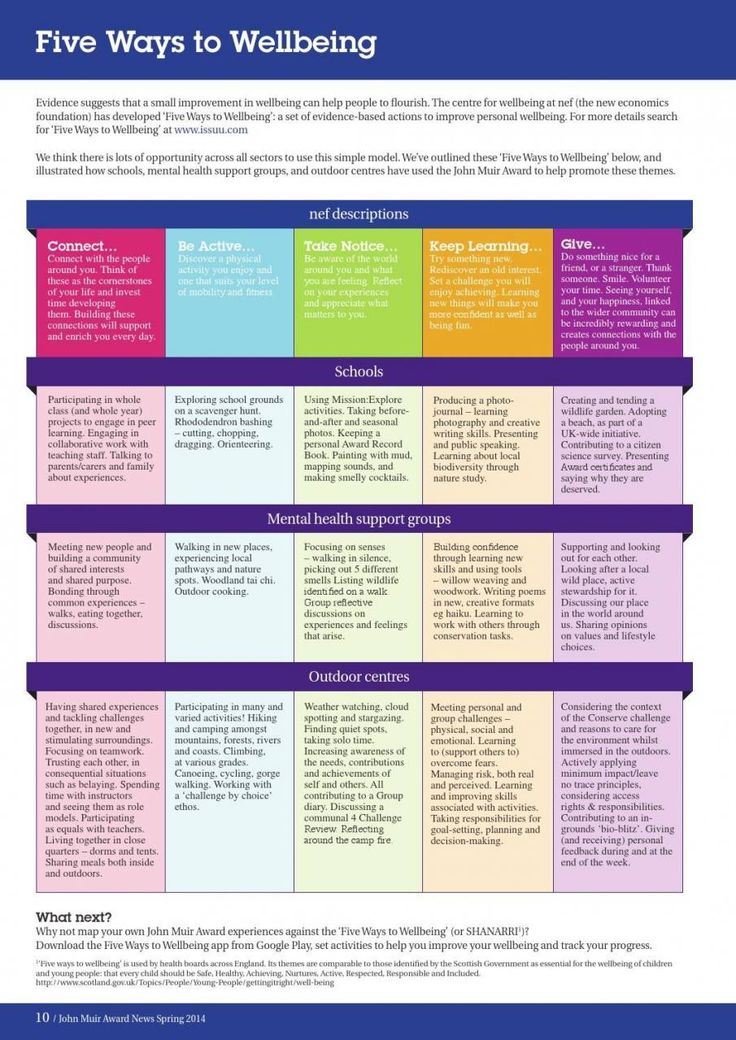Teacher Wellbeing: Five Ways to Help Each Other
Teacher wellbeing is essential to support the wellbeing of students and their schools. So how do we build it?
Wellbeing in teachers is determined by three factors: what we can do for ourselves (over which we have control); the socio-political climate (although we might influence this, it does not make sense to expend too much precious energy on things we cannot change) and the relationships we have with each other. The last factor is really about social capital, the connections we have with each other that are marked by mutual cooperation and trust.
In 2016 let’s focus on the development of social capital in the schools where we work. What can we do to promote reciprocal support, kindness, trust and respect? These actions exist in the everyday micro moments – not doing more but perhaps a bit differently.
1. Notice and appreciate
Most teachers do not seek fulsome praise, but everyone wants their efforts noticed. It makes a significant difference to wellbeing when someone shows that what you did is acknowledged and valued. Although you don’t necessarily go that extra mile for anyone but your pupils, it doubles satisfaction when someone shares and savours successes with you. In one school a newsletter goes out every Friday and on the front page is a thank you – not just to staff for academic, sporting or drama achievements but to anyone in the school for everyday on-going good work – teachers get a mention of course but so do the cleaners, secretaries and casual staff. Teachers told me that it was the first thing everyone read – who was being noticed this week!
So next year make a point of looking into classrooms to see what is different – talk with colleagues over morning tea about little successes and achievements, both yours and theirs – and also notice those who are struggling and might need a word of encouragement.
2. Connect
What do you know about your colleagues – their lives, passions and perspectives? Schools that organise regular social functions to which everyone is invited can break down barriers between people and reduce the toxic power of cliques. I sometimes do a simple activity in workshops where I ask participants to have structured conversations with people they don’t usually talk to. Finding out a little about someone’s story inhibits quick judgement and prejudice. Once you have discovered what you have in common you have a basis for a different kind of relationship – one that might lead to greater collaboration and/or mutual support.
So next year spend a little bit of time in staff meetings mixing people up and talking in pairs or small groups about things that matter. Just five minutes once every so often would make a big difference. Use some of the wonderful materials around to stimulate these discussions, such as strengths cards to facilitate positive conversations.
3. Be active together
It is much more motivating to do physical activities together than alone. Perhaps you can also involve your pupils? How about a dance session once a week – or yoga, aikido or zumba? Perhaps get in an outside trainer and find a partner or group to commit to a term of activity at lunch-time or after school for 30 minutes. Get that serotonin buzz. You will perform better afterwards once your body has been pumping blood to your brain – so it’s a good investment of time! And it’s fun, so an oxytocin rush too!
So early next year have a conversation about what activity to go for, who will join you, when you might do this and how you might get it up and running!
4. Give to each other
Many teachers give so much of themselves they may feel their buckets are empty and they have little resources to draw on. Yet the research says that giving provides more wellbeing for the giver than the receiver so let’s give it a go for each other. Even giving a smile can make a difference. One school had a “Random Acts of Kindness” board in the staffroom where people wrote post-it notes when a colleague had done something small for them. This became a focus of conversation across the school. It works even better when the school has a “Secret Angel” system in place. This is where everyone (who wants to) puts their name in a hat at the beginning of term and picks out someone else’s. They then just keep an eye on that person for the term – making them a cup of tea, checking if it is their birthday and perhaps taking a duty for them. As someone else will be doing it for them their own bucket will also be topped up from time to time!
So next year what might you do to give teacher wellbeing a boost in your school?
5. Keep learning
One of the best ways to learn the knowledge and skills involved in developing healthy relationships and resilience is to teach this to children and young people. Teachers facilitating Circle Solutions in schools in Australia say they are learning ways to make a positive difference to their own lives both at work and at home. Simple techniques matter – like being pleased for someone else’s success, giving them the credit, bringing out the cake, sharing the good news! So many of us are reluctant to do this – jealousy, lethargy or simple thoughtlessness gets in the way. Marital relationships where partners are ‘active constructive responders’ have a much better chance of survival.
http://www.nesli.org/wellbeingtoolkit.html
http://www.research.uwa.edu.au/__data/assets/pdf_file/0010/2633590/teacher-wellbeing-and-student.pdf




